Available 24/7
Available 24/7
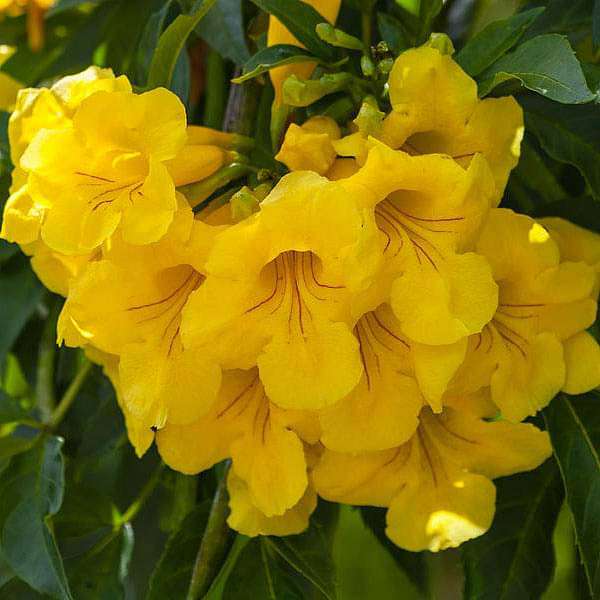
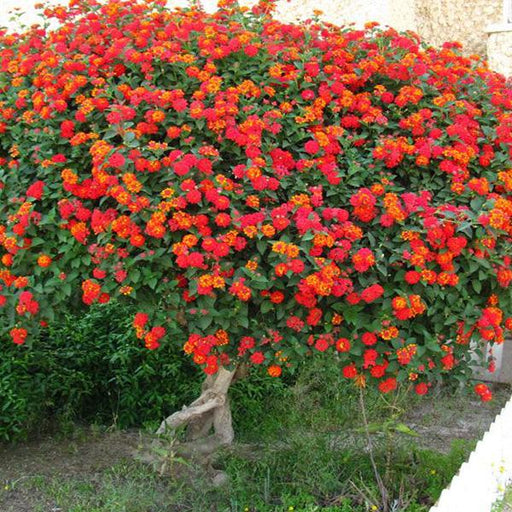
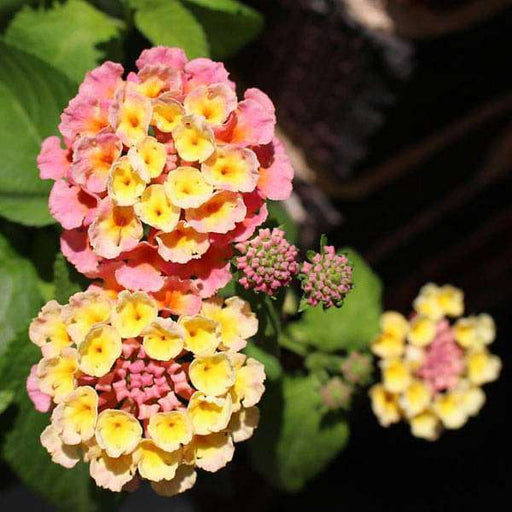 Save 10%
Save %
Save 10%
Save %
DescriptionLantana plants are very fragrant, so they re often grown for their smell. This hardworking plant not only thrives with little moisture a...
View full details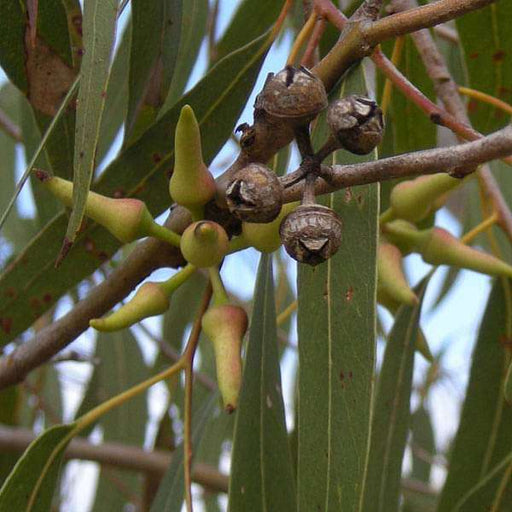
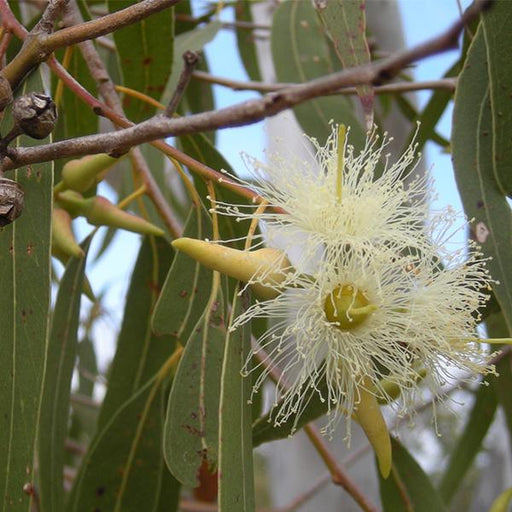 Save 10%
Save %
Save 10%
Save %
DescriptionCommon Name: Eucalyptus, Eucalyptus Globu, Safeda, Eucalyptus mysoreSeeds Specifications Seeds per Packet 152500 Eucalyptus Hybrid uses
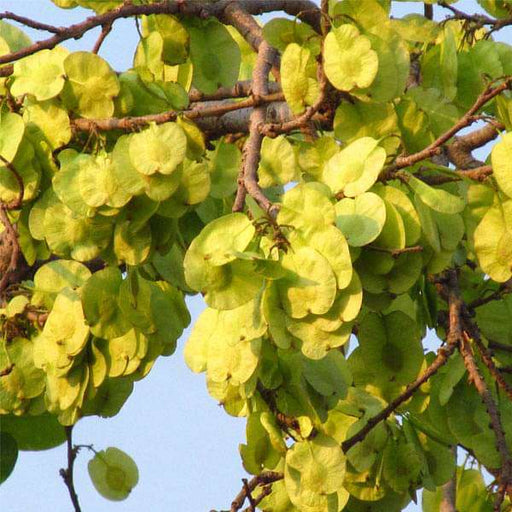 Save 10%
Save %
Save 10%
Save %
DescriptionCommon name: Indian Elm, entire-leaved elm tree, jungle cork tree, south Indian elm tree,Hindi:, , ,? chilbil, , ,kanju, , papri,Marathi...
View full details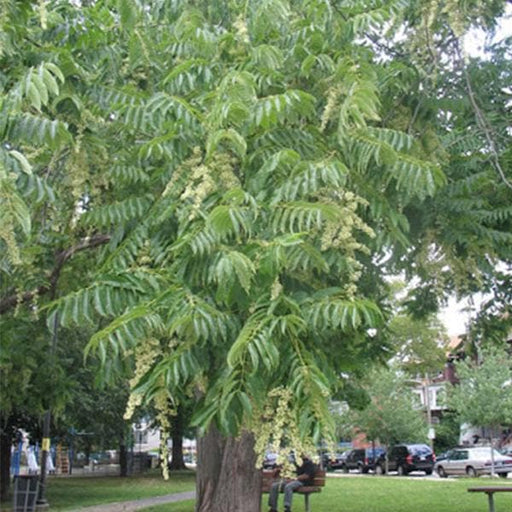
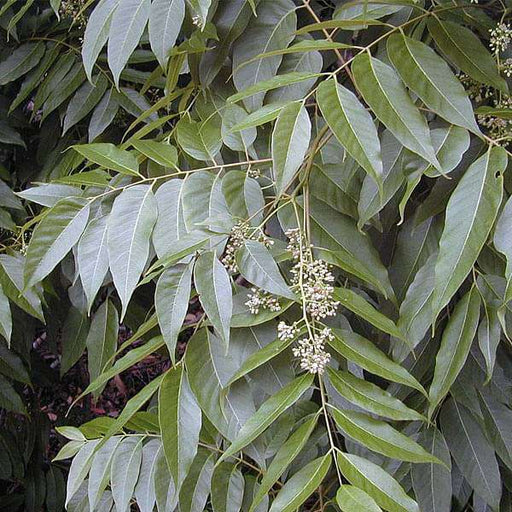 Save 10%
Save %
Save 10%
Save %
DescriptionCommon Name : Australian red cedar or toon, tun, suren, surian cedar, and Indian mahoganyRegional Name (Indian Names) : Bengali: lud, ma...
View full details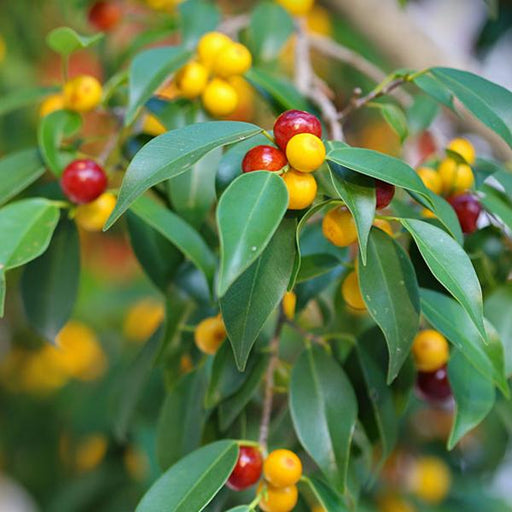
 Save 10%
Save %
Save 10%
Save %
DescriptionFicus benjamina, commonly known as the weeping fig, Benjamin s fig, or ficus tree and often sold in stores as just ficus.Seeds Specifica...
View full details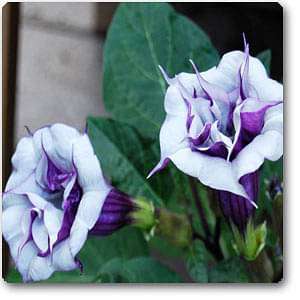 Save 10%
Save %
Save 10%
Save %
DescriptionDatura Fastuosa, Kala Dhatura, devil s trumpet, metelSeeds SpecificationsDatura Fastuosa uses
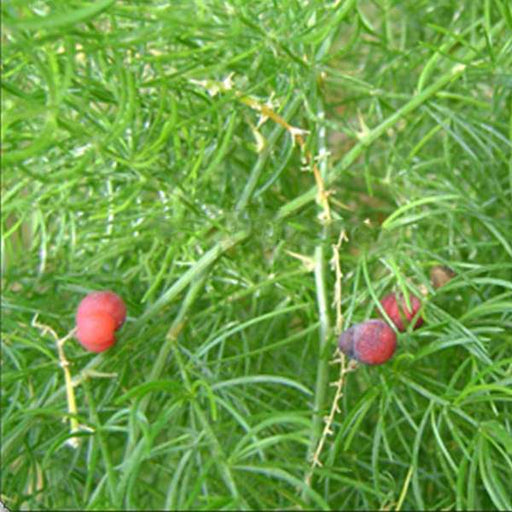 Save 10%
Save %
Save 10%
Save %
DescriptionAsparagus racemosus ( Wild ), also known as satavar, shatavari, or shatamull), Shatawari has different names in the different Indian lan...
View full details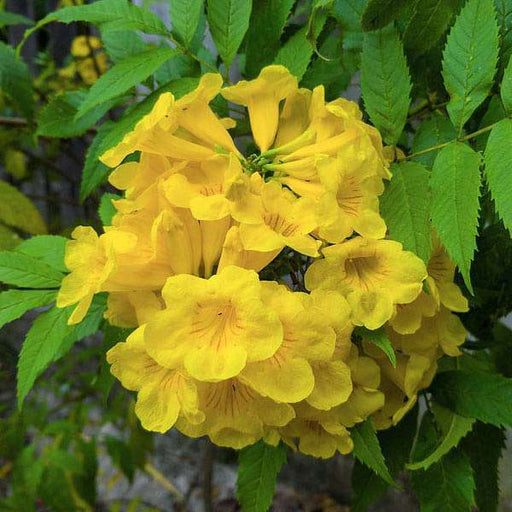 Save 10%
Save %
Save 10%
Save %
DescriptionCommon names include yellow trumpetbush, yellow bells, yellow elder, ginger-thomasSeeds Specifications Seeds per Packet 4500 Tecoma Sta...
View full details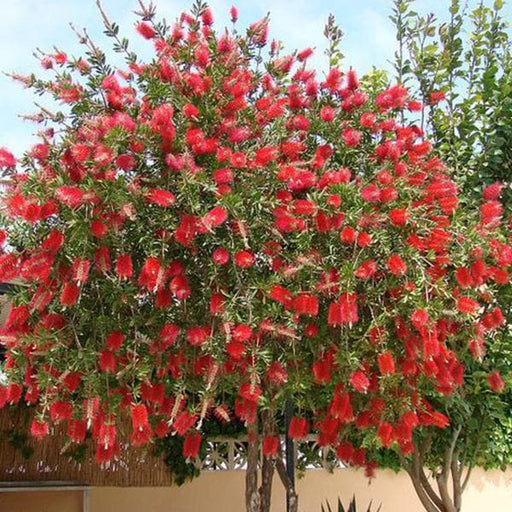
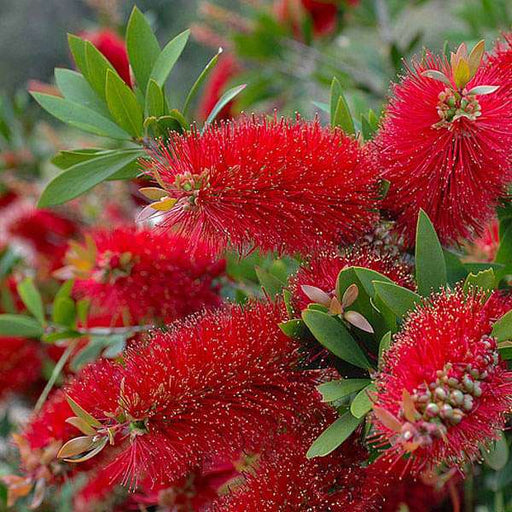 Save 10%
Save %
Save 10%
Save %
DescriptionBesides the Bottlebrush Tree other common names include the Red Bottlebrush, Lemon Bottlebrush, and Crimsom BottlebrushSeeds Specificati...
View full details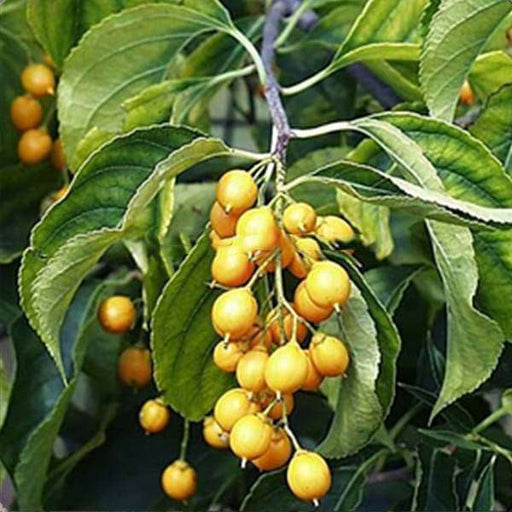 Save 10%
Save %
Save 10%
Save %
DescriptionCelastrus paniculatus is a woody liana commonly known as black oil plant, climbing staff tree, and intellect tree (Sanskrit: jyotishmati...
View full details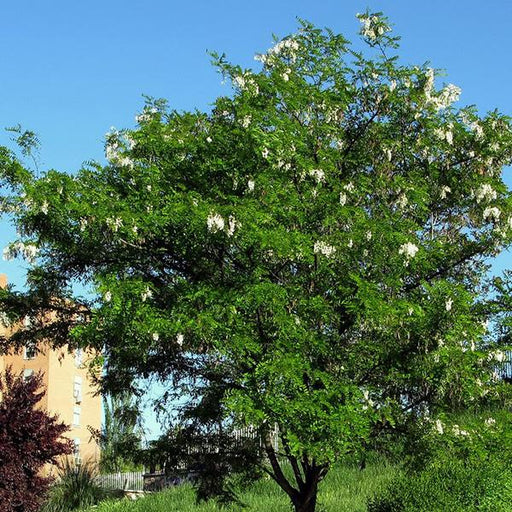
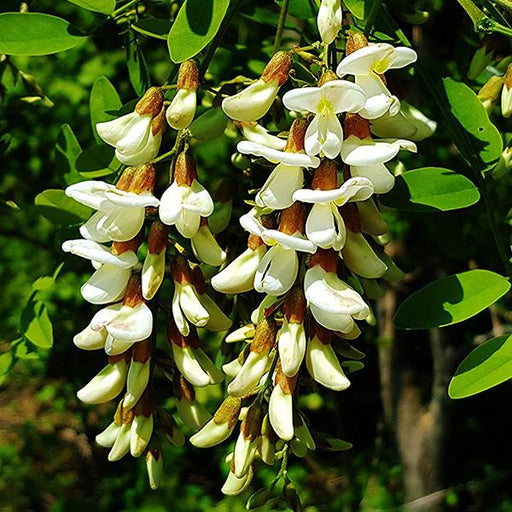 Save 10%
Save %
Save 10%
Save %
DescriptionAnother common name is false acacia.Seeds Specifications Seeds per Packet 6000 Robinia pseudoacacia uses
 Save 10%
Save %
Save 10%
Save %
DescriptionAcacia Crassicarpa, northern wattle, thick-podded salwood, brown salwood, Papua New Guinea red wattle, red wattleSeeds SpecificationsAca...
View full details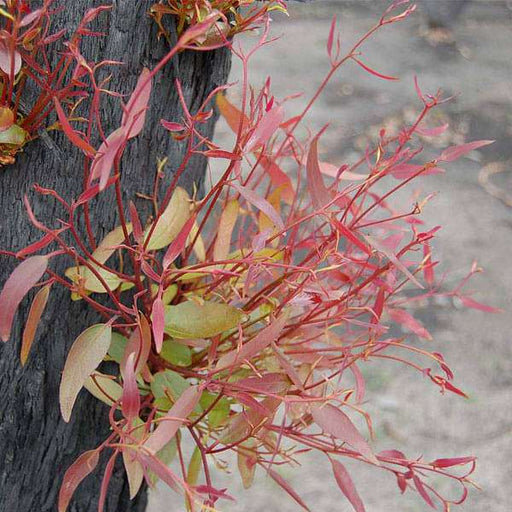 Save 10%
Save %
Save 10%
Save %
DescriptionSeeds SpecificationsEucalyptus Urograndis uses
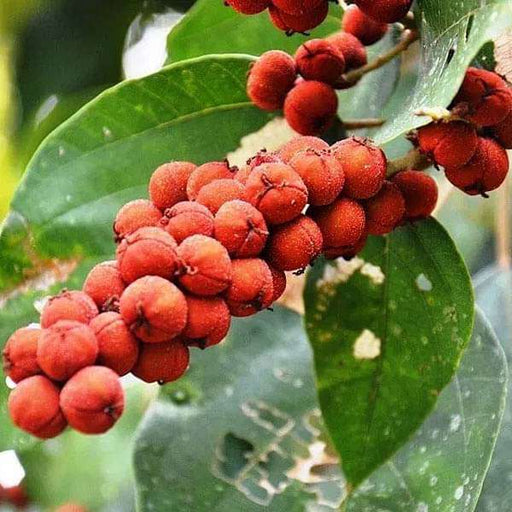 Save 10%
Save %
Save 10%
Save %
DescriptionIt is known as the Kamala or Red Kamala or Kumkum tree.Seeds Specifications Seeds per Packet 1500 Mallotus philippensis uses
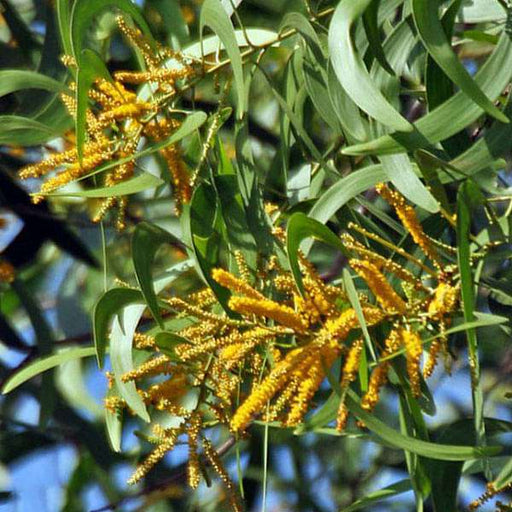 Save 10%
Save %
Save 10%
Save %
DescriptionThorn trees, Acacia Springvale, New Teak WoodSeeds SpecificationsAcacia Springvale uses

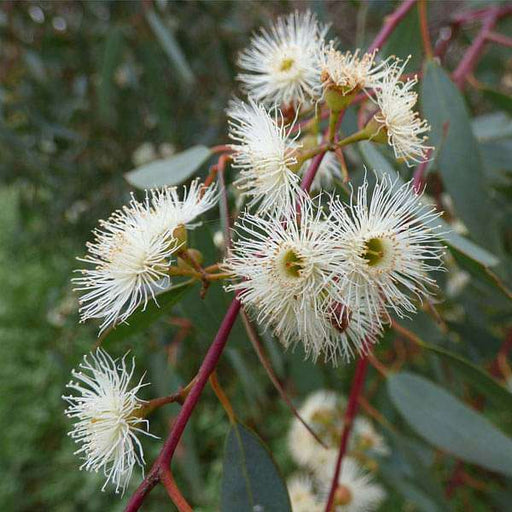 Save 10%
Save %
Save 10%
Save %
DescriptionCommon Name - Red gum, Murray Red Gum, camaldulensis, Eucalyptus rostrata.Seeds Specifications Seeds per Packet 10000 Eucalyptus camald...
View full details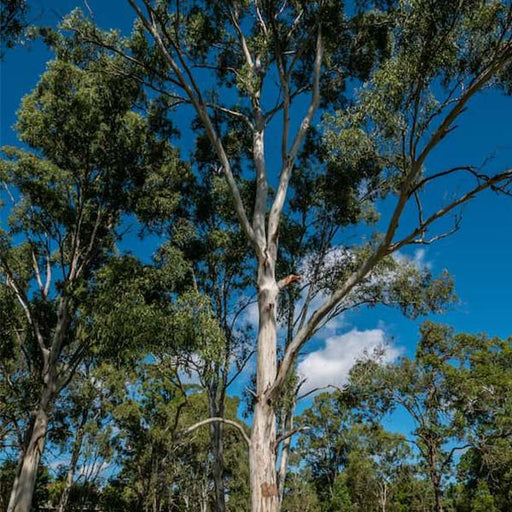
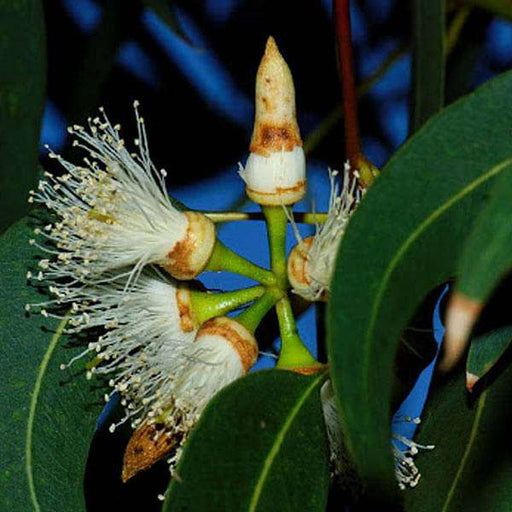 Save 10%
Save %
Save 10%
Save %
DescriptionEucalyptus tereticornis has several common names, including Forest Red Gum, Bastard Box, Blue Gum, Flooded Gum, Grey Gum, Mountain Gum, ...
View full details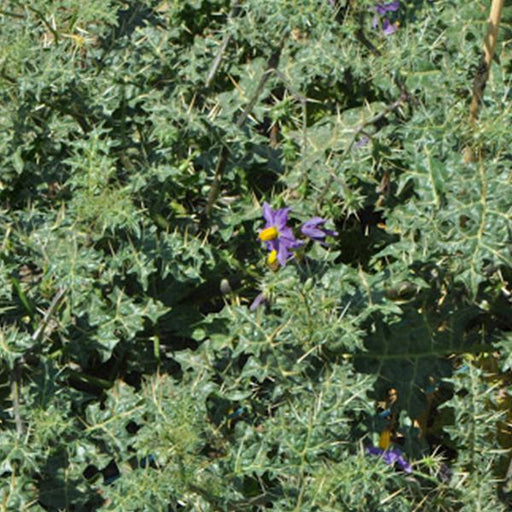
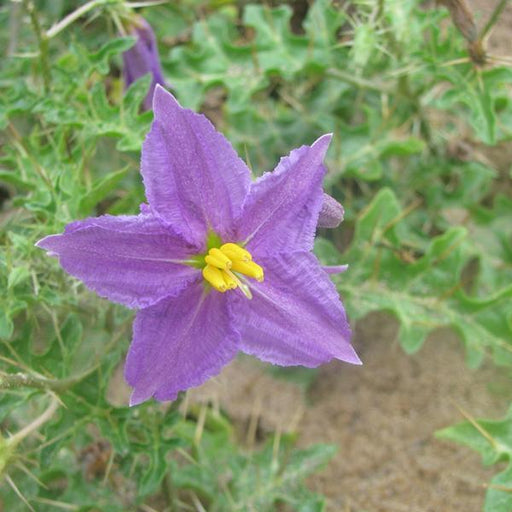 Save 10%
Save %
Save 10%
Save %
DescriptionSolanum virginianum, also called yellow-fruit nightshade, yellow-berried nightshade, Thai green eggplant, Thai striped eggplant (from th...
View full details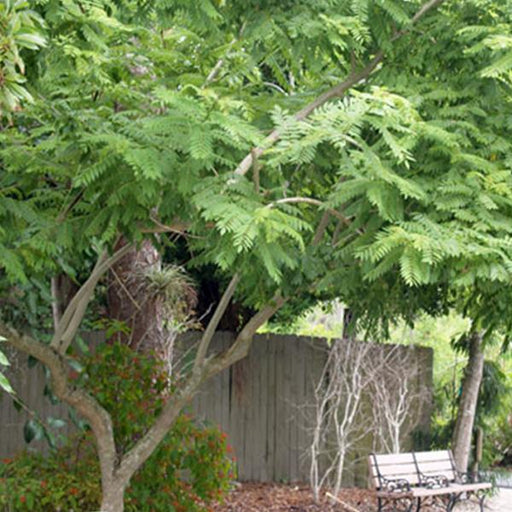
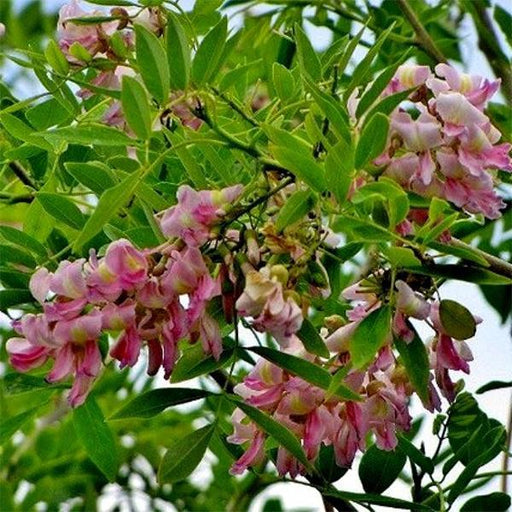 Save 10%
Save %
Save 10%
Save %
DescriptionGliricidia sepium, Gliricidia, quickstick, mata rat??n, cacao de nance, cachanance, pi? on Cubano, madreado, kakawate, madre xacao or ma...
View full details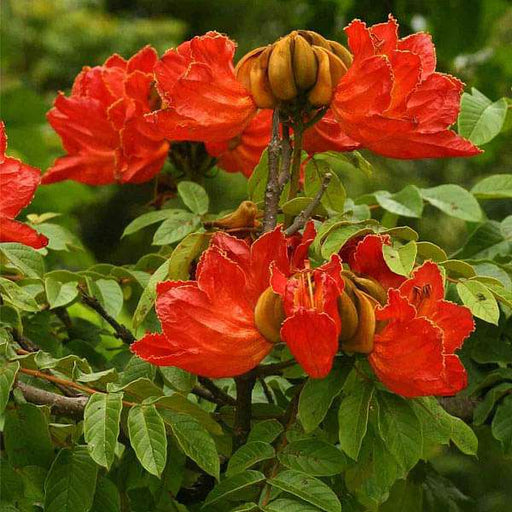 Save 10%
Save %
Save 10%
Save %
DescriptionAfrican tuliptree, fountain tree, pichkari or Nandi flame.Seeds SpecificationsSpathodea Campanulata uses
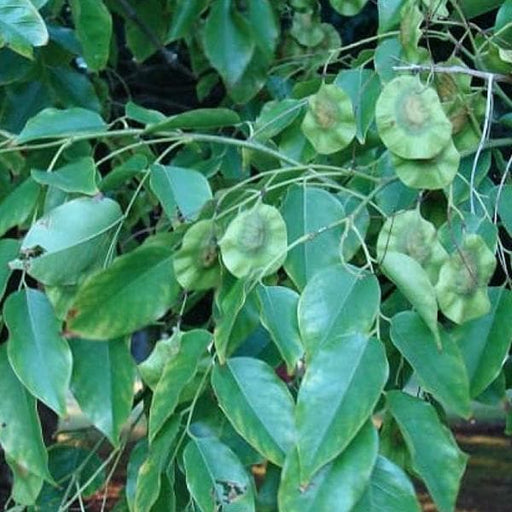 Save 10%
Save %
Save 10%
Save %
DescriptionPterocarpus marsupium, also known as Malabar kino, Indian kino, Vijayasar, or Venkai is a medium to large, deciduous tree that can grow ...
View full details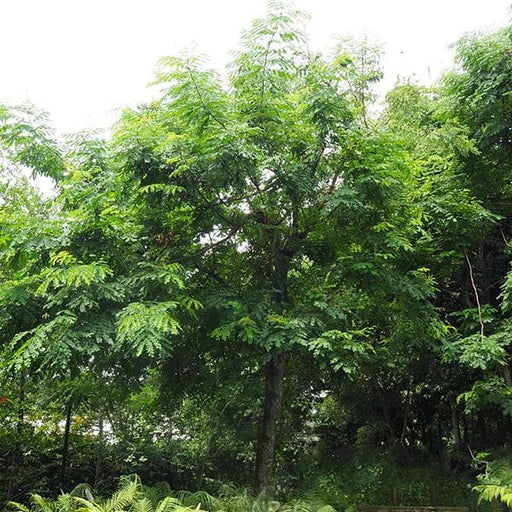
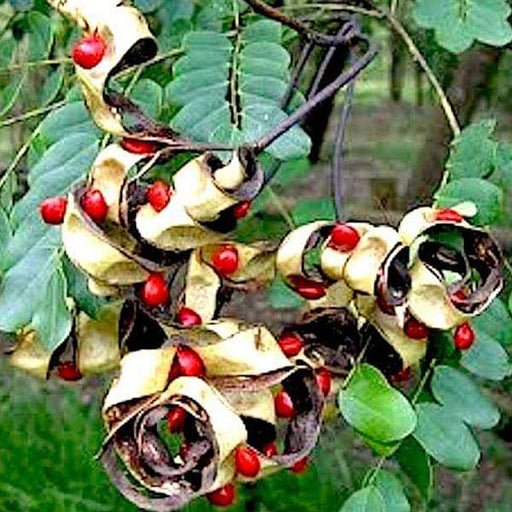 Save 10%
Save %
Save 10%
Save %
DescriptionAdenanthera pavonina is commonly called Red Lucky Seed.citation needed Other common names for the tree include Acacia Coral, Arbre, glis...
View full details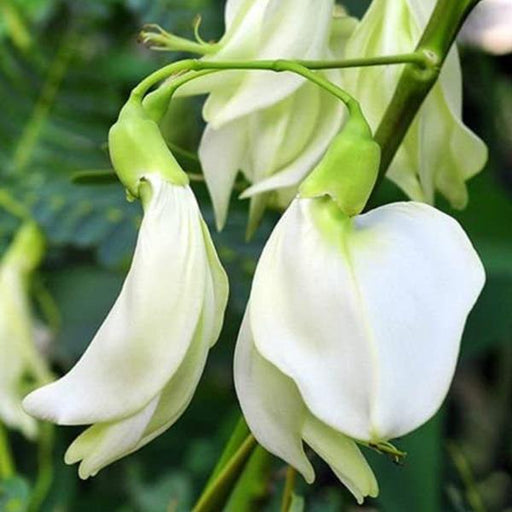 Save 10%
Save %
Save 10%
Save %
DescriptionSesbania grandiflora (syn. Aeschynomene grandiflora, Agati grandiflora) also known as vegetable hummingbird, agati or hummingbird treeSe...
View full details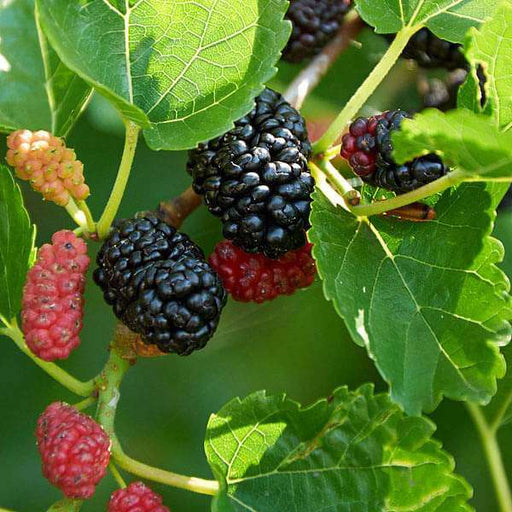 Save 10%
Save %
Save 10%
Save %
DescriptionCommonly known as Morus, mulberry, common mulberry, silkworm mulberry (English); morera or mora (Spanish); moreira (Portuguese); m? rier...
View full detailsThey bring a soothing and refreshing aura to your surrounding.
Yes seeds can germinate in the absence of soil. You may germinate them on a variety of surfaces including sponges coffee filters and paper towels.
The answer was a qualified yes as we discovered. Seeds appear to sprout regardless of whether or not they have been exposed to light. Seeds on the other hand require light to form leaves.
Seeds can be planted directly in the container or place where they will grow or they can be moved to another container or location to complete their growth.
Presoaking seeds in a shallow container filled with hot tap water for 24 hours is an easy approach to get them to sprout faster. The embryos inside the seed coat will plump up as water penetrates the seed coat. They should not be soaked for more than 24 hours or they may decay. Plant the seeds as soon as possible in moist soil.
Seeds should be started four to six weeks before the final frost date as a general rule. Seed starting times are calculated by subtracting the days till transplantation from the day of the last frost. The seed packet will specify the number of weeks.
nurserylive provides huge collections of all types of seeds. These seeds have a very good germination ratio.
To keep the compost moist and maintain a uniform temperature for germination Place the seedlings in a heated propagator or on a well-lit windowsill.
Seeds on the other hand require both moisture and sunlight to germinate. So we plant seeds in damp soil so that they can absorb enough water from the soil and get enough sunlight to flourish. All of the nutrients for the plant are stored in the seed until it develops large enough to produce its own sustenance through photosynthesis.
Because seeds require sunshine and moisture to flourish do not cover them with mulch while planting them. Mulch will keep them from growing by blocking the sun.
Summer tree planting can be a great way to grow trees and forestry plants, but it's important to choose the right species and provide the right conditions for them to thrive in the heat.
Choosing the right tree and forestry seeds is key to successful summer planting. Consider the needs of the particular species and the climate of your region.
Once your seeds have germinated and grown into seedlings, proper care is essential for their survival in the hot summer months. This includes providing adequate water, shade, and nutrients.
Proper soil preparation is critical for successful tree and forestry seed growth. This includes tilling the soil, adding nutrients, and ensuring proper drainage.
Different tree species have unique requirements for growth and survival. Understanding these requirements is essential to selecting the right tree species for a particular location and purpose.
Seed viability refers to the ability of a seed to germinate and grow into a healthy plant. It's important to use viable seeds to ensure successful growth.
Proper seed storage is essential to ensure the seeds remain viable and healthy. This includes storing them in a cool, dry place and protecting them from pests and moisture.
A tree nursery can be a great resource for summer planting, providing ideal growing conditions and expert guidance for care and maintenance.
Transplanting seedlings from their initial location to a new location for further growth is a delicate process that requires proper care and handling to ensure their survival.
Afforestation is the process of planting trees in an area where there was previously no forest. It can be an effective tool in mitigating the effects of climate change.
Reforestation involves replanting trees in an area where a forest has been lost. It can be essential to restoring ecological balance and mitigating the effects of deforestation.
Sustainable forestry is the practice of managing forests in a way that preserves their ecological integrity and promotes long-term economic sustainability.
Trees and forests play a vital role in carbon sequestration, removing carbon dioxide from the atmosphere and storing it in the plant material and soil.
Forest ecosystems are complex, interconnected systems that include various plant and animal species. Understanding these ecosystems is essential to maintaining healthy forests.
Forest management involves the responsible stewardship of forested land, including maintaining ecological health, protecting biodiversity, and promoting economic sustainability.
Forest restoration involves the process of restoring degraded or damaged forests to a healthy and thriving state.
Silviculture is the practice of cultivating and managing forests for timber production or other uses. It involves various techniques, including planting, pruning, and harvesting.
Agroforestry is the practice of integrating trees into agricultural landscapes, providing various ecological and economic benefits.
Proper water management is essential for successful summer planting. This includes ensuring adequate irrigation and drainage to prevent waterlogging and drought stress.
Pests and diseases can be a significant threat to tree and forestry seedlings in the summer months. Proper pest control measures, such as regular monitoring and treatment, can help ensure their survival.
Yes, tree and forestry seeds can be sown in the summer. However, it's important to choose the right species of tree and use appropriate sowing techniques to ensure successful germination.
Some good species of trees to sow in the summer include mango, jackfruit, banyan, neem, and teak.
The best way to sow tree and forestry seeds in the summer is to use a well-draining soil mix, sow the seeds at the recommended depth, and water them regularly to keep the soil moist.
Yes, tree and forestry seeds can be sown directly in the ground in the summer, but it's important to choose a site with good soil drainage and to protect the seeds from excessive heat and sunlight.
The best soil for sowing tree and forestry seeds in the summer is a well-draining mix of soil, sand, and organic matter.
It's important to keep the soil moist, but not waterlogged. Water your tree and forestry seeds every 2-3 days or as needed to keep the soil from drying out.
The ideal temperature range for sowing tree and forestry seeds in the summer is between 25-30°C.
Yes, you can fertilize your tree and forestry seeds in the summer, but it's important to use a slow-release, organic fertilizer and to follow the manufacturer's instructions for application.
The time it takes for tree and forestry seeds to germinate in the summer can vary depending on the species of tree and the growing conditions. Generally, it can take anywhere from a few days to several weeks for seeds to germinate.
It's important to prune your tree and forestry seedlings regularly to promote healthy growth and shape. Prune as needed, but avoid pruning during the hottest parts of the day.
Yes, mulch can be used to protect tree and forestry seedlings from excessive heat and sunlight in the summer. Apply a layer of mulch around the base of the seedlings, taking care not to cover the stems.
Any leftover tree and forestry seeds can be stored in a cool, dry place in an airtight container until the next sowing season.
The time it takes for tree and forestry seedlings to grow into mature trees can vary depending on the species of the tree and the growing conditions. Generally, it can take anywhere from a few years to several decades for trees to reach maturity.
It's possible to sow tree and forestry seeds in areas affected by drought, but it's important to choose species of trees that are adapted to arid conditions and to use appropriate sowing techniques to ensure successful germination.
Yes, tree and forestry seeds can be sown in areas with high humidity, but it's important to take steps to prevent fungal and bacterial diseases, such as using a well-draining soil mix and avoiding overwatering.
Common pests and diseases that can affect tree and forestry seedlings in the summer include aphids, spider mites, fungal diseases, and bacterial infections. It's important to monitor your seedlings regularly and take steps to prevent and treat any issues that arise.
Yes, pesticides can be used to protect tree and forestry seedlings from pests and diseases in the summer, but it's important to choose an appropriate product and follow the manufacturer's instructions for application.
To promote healthy growth in your tree and forestry seedlings in the summer, make sure they receive adequate sunlight and water, use a well-draining soil mix, and fertilize with a slow-release, organic fertilizer as needed.
Yes, tree and forestry seedlings can be transplanted in the summer, but it's important to choose an appropriate time of day to minimize stress on the seedlings and to water them thoroughly after transplanting.
If your tree and forestry seedlings are not growing well in the summer, check for signs of pests or diseases, make sure they are receiving adequate water and sunlight, and adjust your growing conditions as needed. It may also be helpful to consult with a gardening expert or horticulturist for advice on how to promote healthy growth.
